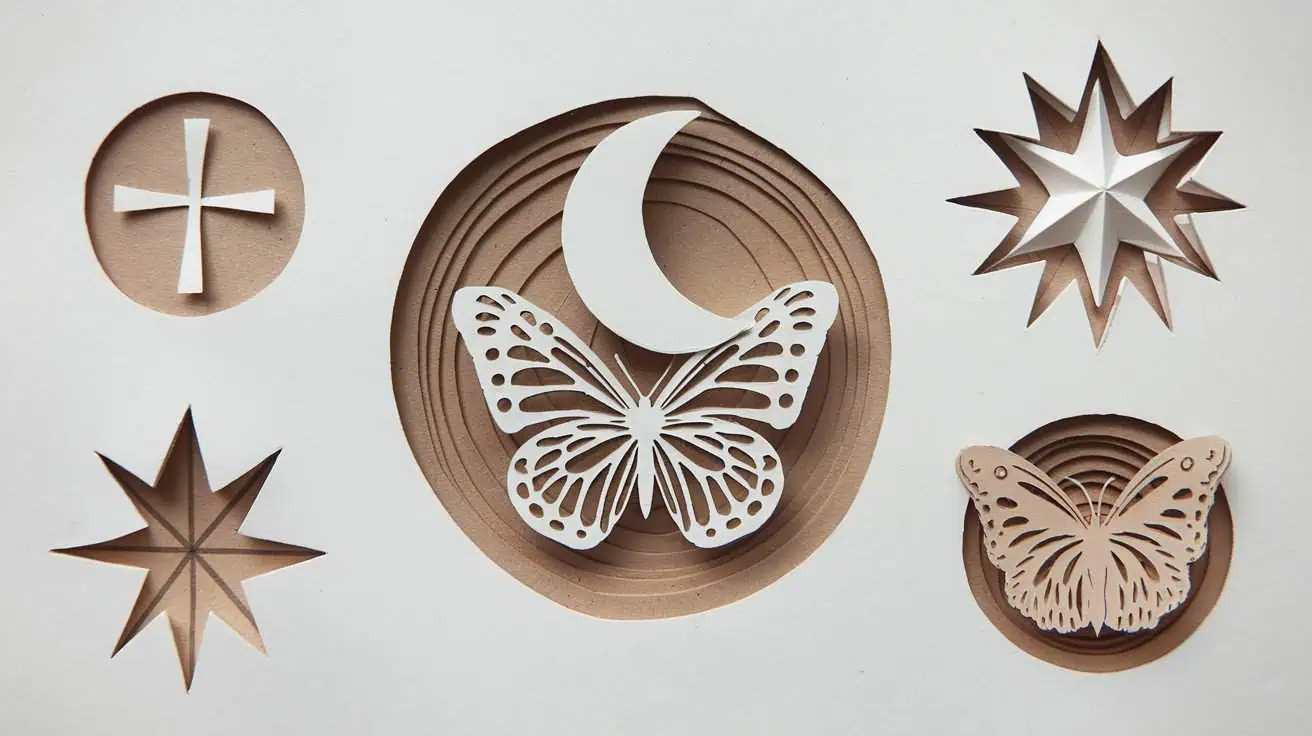I stared at my reflection one morning, a wave of sadness washing over me for no apparent reason. The sun was shining, work was good, relationships were stable – yet there it was, that familiar heaviness in my chest. If you’ve ever asked yourself “Why do I feel sad for no reason? ” know that you’re not alone in this experience. Sometimes, it feels as if the universe has pressed a pause button on my joy, leaving me to grapple with the shadows of my thoughts. In moments like these, I find myself questioning why unexpected sadness occurs, and I realize that it often creeps in without warning, challenging my perception of happiness. Perhaps it’s a reminder that even in the midst of stability, emotions can be unpredictable and complex, deserving of acknowledgement rather than dismissal.
Understanding Unexplained Sadness
Sometimes sadness sneaks up on us like a fog rolling in on a clear day. One moment we’re fine, and the next we’re fighting back tears or feeling emotionally drained. According to the National Institute of Mental Health, these experiences are surprisingly common, with millions of Americans experiencing periods of unexplained sadness each year.
What’s fascinating is how our brains and bodies work together in creating these emotional states. Like a complex orchestra, our hormones, neurotransmitters, and life experiences all play their parts – sometimes creating harmony, other times discord.
The Hidden Triggers Behind Your Sadness
Often what feels like “sadness for no reason” actually has subtle triggers we might miss:
- Changes in sleep patterns that throw off our emotional balance
- Seasonal shifts affecting our body’s natural rhythms
- Unprocessed emotions from past experiences
- Physical health issues masquerading as emotional symptoms
Think of your emotional well-being like a garden – sometimes what appears on the surface doesn’t tell the whole story of what’s happening at the roots.
When Is It More Than Just Sadness?
There’s an important difference between temporary sadness and depression. While sadness is like weather – it comes and goes – depression is more like climate, affecting us over longer periods. Temporary sadness can often be a natural response to life’s challenges, allowing us to process our emotions and eventually find relief. In contrast, depression can cloud our perception of the world and drain our energy, making it difficult to see a way forward. However, exploring the comfort in sadness can help us recognize its role in our emotional landscape, revealing opportunities for growth and deeper self-understanding amidst the gloom.
Warning signs that your sadness might be depression include:
- Persistent feelings of emptiness lasting two weeks or more
- Loss of interest in activities you usually enjoy
- Changes in appetite or sleep patterns
- Difficulty concentrating or making decisions
- Thoughts of hopelessness or worthlessness
Finding Your Way Back to Light
I’ve learned that healing from unexplained sadness isn’t about forcing happiness – it’s about gentle understanding and patient care. Here are some approaches that have helped me and others:
- Practice self-compassion: Treat yourself with the same kindness you’d offer a friend
- Move your body: Even a short walk can shift your emotional state
- Connect with others: Share your feelings with someone you trust
- Establish routine: Create structure in your day to anchor yourself
- Seek professional guidance when needed: There’s strength in asking for help
The Gift Within Sadness
Sometimes our sadness carries important messages. Like a letter from our deeper selves, it might be telling us something needs attention or change in our lives. Instead of pushing it away, we can learn to listen with curiosity and compassion.
I remember sitting with my own inexplicable sadness one afternoon, when I realized it was pushing me toward meaningful changes I’d been avoiding. The sadness was uncomfortable, yes, but it was also a catalyst for growth.
Moving Forward with Hope
While we can’t always prevent waves of sadness from coming, we can learn to surf them with more grace. The key isn’t to eliminate all sad feelings – that’s neither possible nor healthy – but to build our emotional resilience.
Remember that feeling sad doesn’t mean you’re broken or failing. It means you’re human, experiencing the full spectrum of emotions that make life rich and meaningful. Emotions are a natural part of the human experience, and it’s essential to acknowledge them rather than push them aside. This is particularly true when understanding chronic feelings of guilt, which can often weigh heavily on our hearts and minds. By embracing our emotions and seeking support, we can navigate through these challenging times and ultimately emerge stronger and more resilient. Embracing sadness is a powerful step towards personal growth and emotional resilience. By acknowledging and processing these feelings, we cultivate a deeper understanding of ourselves and our experiences. Understanding sadness and emotions ultimately allows us to connect more authentically with ourselves and others, fostering compassion and empathy in our relationships. Additionally, understanding emotional intensity can help us recognize that sadness can coexist with joy and gratitude, creating a more nuanced perspective on our experiences. When we allow ourselves to sit with our emotions, we unlock the potential for deeper insights and personal revelations. This holistic approach not only enhances our emotional intelligence but also empowers us to build healthier, more fulfilling relationships with ourselves and others.
If you’re struggling with persistent sadness, reach out for support. Whether it’s talking to a friend, joining a support group, or consulting a mental health professional, you don’t have to navigate these waters alone.
And sometimes, the simple act of acknowledging our sadness – of saying “Yes, I feel this way, and that’s okay” – can be the first step toward feeling better. Not because it makes the sadness disappear, but because it helps us hold it with more gentleness and understanding.
What small step can you take today to show yourself kindness in the midst of sadness? Sometimes the smallest actions create the most meaningful shifts in how we feel. Consider treating yourself to a favorite activity or simply taking a moment to breathe deeply and reflect on what brings you joy. Even a brief walk in nature or indulging in a cherished book can help lift your spirits and remind you of the beauty in life. As you nurture your well-being, you may discover that these moments of self-compassion pave the way for finding your life’s passion, guiding you towards a brighter future filled with purpose.


